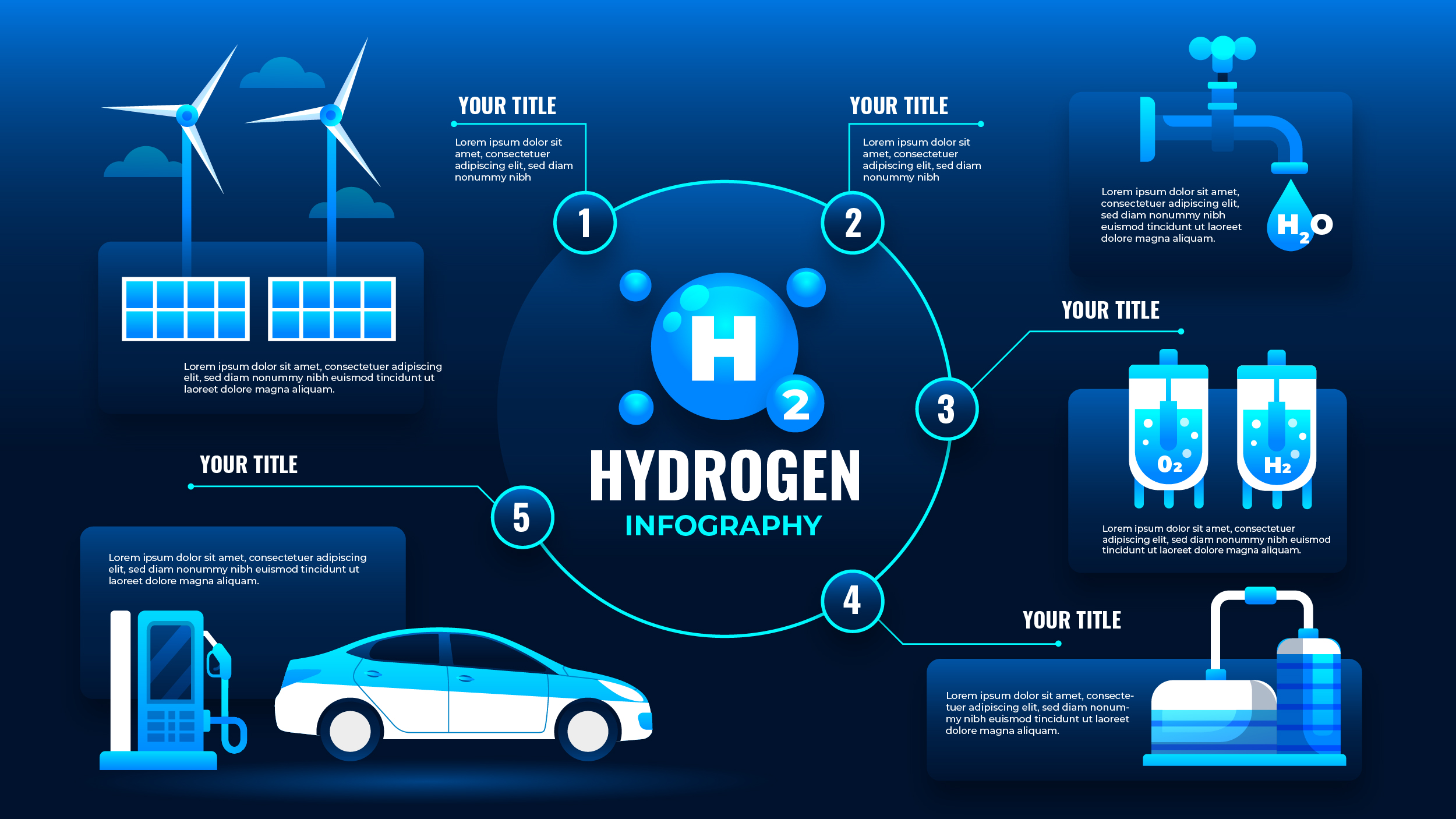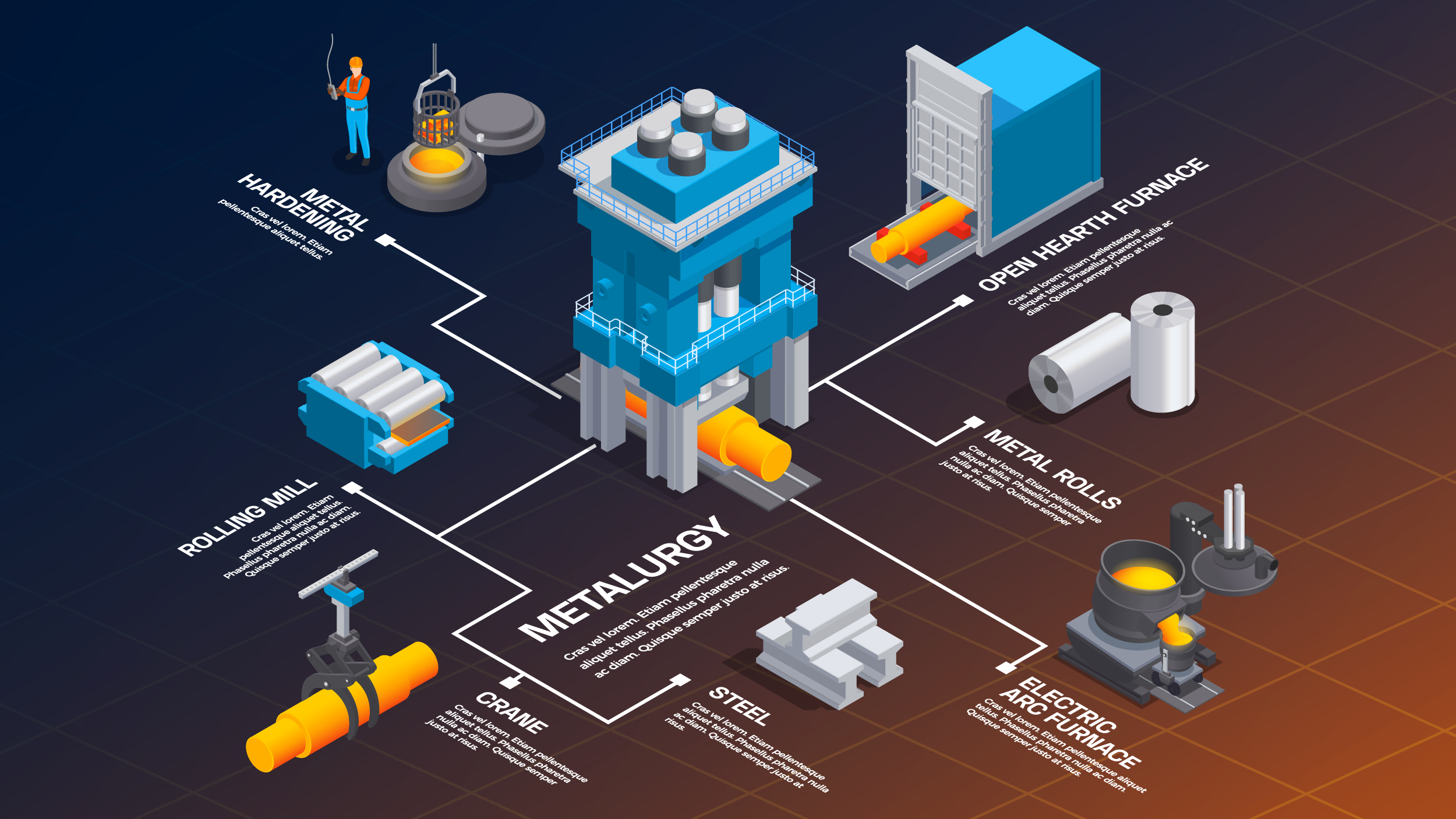The future of blue hydrogen is currently in the spotlight as we search for a sustainable energy source. While supplying our expanding energy needs, this creative and promising method of hydrogen production has the ability to alleviate the problems associated with greenhouse gas emissions. Blue hydrogen is quickly gaining traction as a crucial participant in the shift to a low-carbon economy thanks to its special combination of environmental advantages and varied applications.
Let us examine the background, recent advancements, emerging themes, and various uses of blue hydrogen, highlighting its potential to revolutionize the field of sustainable energy.
Before going any further, let’s understand briefly blue hydrogen.
What is Blue Hydrogen?
The term “blue hydrogen” refers to natural gas-derived hydrogen that is backed by carbon capture and storage. The CO2 produced during the production process is caught and kept underground forever. As a result, no CO2 is produced and low-carbon hydrogen is produced.
In the future, blue hydrogen might prove to be the most affordable solution for decarbonizing heavy-duty cars, industrial heating, and homes in severely cold locations.
However, there is some debate about blue hydrogen because the drilling, extraction, and transportation of natural gas inevitably cause methane leaks, which result in methane emissions.

Although methane is a considerably more potent greenhouse gas than carbon dioxide, it does not linger in the atmosphere for as long. The International Energy Agency estimates that one tonne of methane is equivalent to 28 to 36 tonnes of carbon dioxide over a century.
How is blue hydrogen made?
Steam methane reforming (SMR) and auto thermal reforming (ATR), among other techniques, are used to manufacture blue hydrogen from natural gas. The procedure typically entails capturing and storing carbon dioxide (CO2) emissions while steam is used to produce hydrogen from natural gas. The CO2 that is caught during the creation of blue hydrogen can subsequently be recycled or buried.
The main source of blue hydrogen is natural gas, which is converted into gas via a method known as steam methane reforming (SMR) or auto-thermal reforming (ATR). The entire procedure for creating blue hydrogen consists of the following steps:
Natural gas extraction is the initial step in creating blue hydrogen, and it includes extracting natural gas out of underground deposits.
- Reforming: Steam methane reforming or auto thermal reforming is then applied to the extracted natural gas. In SMR, natural gas and steam are mixed with a catalyst to create hydrogen gas, carbon monoxide, and carbon dioxide. Similar to ATR, but with oxygen in place of steam.
- Carbon capture: During the reforming process, the carbon dioxide that is created is caught and stored for later use or subsurface storage. Amine absorption or pressure swing adsorption is used to extract the CO2. The CO2 that is caught in some situations might be sold or used to improve oil recovery.
- Purification: In order to remove any contaminants from the hydrogen gas created during reforming, which includes gases like carbon monoxide and others, it is usually purified.
- Distribution: The compressed, purified hydrogen is delivered to end customers, such as industrial facilities, fuel cell cars, or power plants, using high-pressure pipelines.
Although the reforming process to produce blue hydrogen does require energy, it is thought to be a low-carbon alternative to conventional hydrogen production methods since it captures and stores carbon emissions. Despite being a more environmentally friendly method of producing hydrogen, blue hydrogen still produces CO2 and is not regarded as a real zero-carbon energy source.
Decoding the History of Blue Hydrogen
In order to completely comprehend the significance of blue hydrogen, we need to first look back to its forerunner, grey hydrogen. Although grey hydrogen is created by the steam methane reforming process, it has a high carbon footprint. In order to reduce the emissions linked to the production of grey hydrogen, researchers and industry leaders focused on blue hydrogen, a technology that incorporates carbon capture and storage (CCS) or carbon capture utilization and storage (CCUS).
What are the Innovative Developments in Blue Hydrogen?
Innovative developments in the realm of blue hydrogen are abundant and promise improved scalability, cost-effectiveness, and efficiency. We will look at the cutting-edge innovations that are revolutionizing blue hydrogen, ranging from improvements in carbon capture technology to new techniques for producing hydrogen. One noteworthy development is the incorporation of renewable energy sources, such as wind, and solar, into the production process, which further enhances the environmental friendliness of blue hydrogen. The development of innovative catalyst materials and cutting-edge electrolysis methods, which are influencing the future of blue hydrogen production, will also be highlighted.

Current Trends in Blue Hydrogen
Global energy policies, business sustainability goals, and public desire for greener energy sources are all driving the adoption of blue hydrogen. We’ll look at the most recent developments in the implementation of blue hydrogen, including governmental programs, business investments, and team research projects.
Multiple companies such as ExxonMobil, Shell Plc (US), and Linde Plc (Ireland), among others, are investing heavily in this field.
The following are the few current trends involved in the blue hydrogen field.
- Increased investment: As governments and companies work to cut carbon emissions, there is an increase in investment in blue hydrogen projects and technology worldwide.
- Collaboration with other technologies: Blue hydrogen is viewed as an additive technology to other low-carbon technologies like renewable energy, energy storage, and carbon capture.
- Blue hydrogen hubs are being built all over the world as a way to efficiently create and distribute blue hydrogen in areas having access to natural gas and distribution infrastructure (piping).
- Creating a circular economy strategy: As the petrochemical industry moves towards a circular economy strategy, natural gas is being replaced by blue hydrogen as the main fuel for industrial operations that cut greenhouse gas emissions.
Applications of Blue Hydrogen
Blue hydrogen is positioned as a flexible and revolutionary energy option thanks to its many applications in a variety of industries. Blue hydrogen offers a method to decarbonize industries that have historically depended on fossil fuels, from fuel cells powering electric vehicles to supplying dependable backup power.
Blue hydrogen is used in a wide number of industries, including:
- Energy production: Blue hydrogen can be utilized in fuel cells to provide power for buildings, commercial buildings, and automobiles.
- Industrial processes: Blue hydrogen can be utilized as a feedstock to create compounds like ammonia and methanol in industrial operations. Additionally, it can be used to refine petroleum-based products.
- Transportation: Blue hydrogen can be used as fuel for ships, trains, and planes as well as to power fuel cell cars.
- Blue hydrogen is a form of energy that may be stored and utilized to generate power on demand.
- Blue hydrogen can be utilized to heat residences and other structures.
Final Thoughts
It becomes clear that this ground-breaking technology has enormous potential for accelerating the shift to a low-carbon, sustainable energy future. Blue hydrogen presents a workable alternative to combat climate change and meet our energy needs due to its extensive history, continuous developments, and wide range of uses. Blue hydrogen is positioned to play a crucial role in influencing a cleaner, greener, and more sustainable society by fusing environmental responsibility with economic feasibility.




